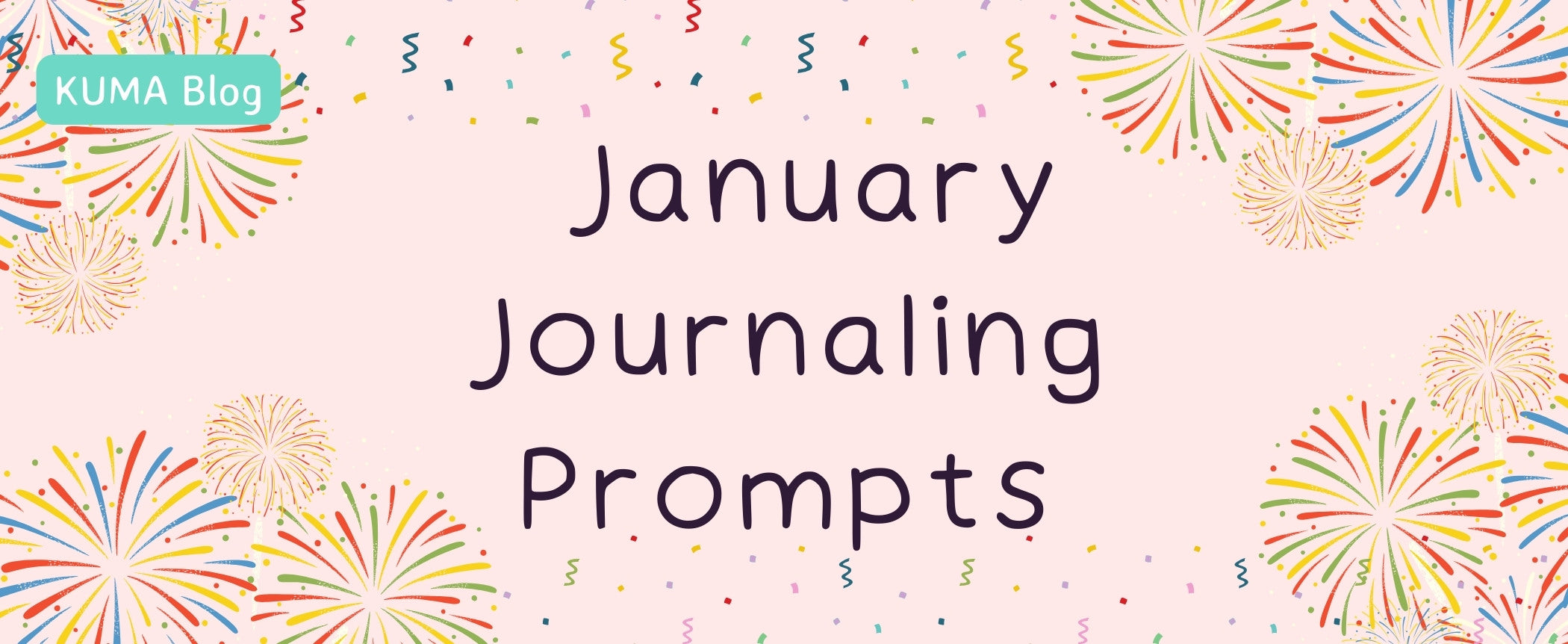
"Understanding Distorted Thinking Patterns and How Journaling Can Help | KUMA Stationery Crafts"
by Mea (co-founder of KUMA)
part four of our Mental Health Awareness Month Blog Series
May is Mental Health Awareness Month, and it's a great time to focus on ways to improve our mental health. One way to do this is by examining our thinking patterns and identifying any distorted beliefs that may be impacting our mental well-being. Journaling is a great tool to help with this process, as it allows us to explore our thoughts and feelings in a safe and non-judgmental way.

What are Distorted Thinking Patterns?
Distorted thinking patterns, also known as cognitive distortions, are irrational or inaccurate thoughts that can negatively impact our mood, behavior, and mental health. Some common types of distorted thinking include:
● All-or-Nothing Thinking: This is when we see things as either black or white, with no shades of grey in between.
● Catastrophizing: This is when we assume the worst-case scenario will happen, even if there's no evidence to support it.
● Overgeneralization: This is when we take one negative event and apply it to all situations, as if it's a pattern.
● Personalization: This is when we blame ourselves for things that are beyond our control.
How Can Journaling Help?
Journaling can be a useful tool for identifying and challenging distorted thinking patterns.
By writing down our thoughts and feelings, we can gain insight into our thinking patterns and identify any distortions that may be present.
Here's how to create a journal spread to help with this process:
1. Start by dividing your page into two columns. On the left-hand side, write down any negative thoughts or feelings that you've been experiencing lately.
2. Once you've identified your negative thoughts, examine them for any distorted thinking patterns. Write down any distortions that you identify in the right-hand column.
3. Challenge your distorted thoughts by asking yourself questions like:
● Is this thought based on facts or assumptions?
● What evidence do I have to support this thought?
● Am I jumping to conclusions?
● What's the worst-case scenario, and how likely is it to happen?
4. Finally, reframe your negative thoughts into more balanced, realistic statements. Write down these new, more positive thoughts on the bottom of the page.
By regularly practicing this journaling exercise, you can become more aware of your distorted thinking patterns and learn to challenge them in a more productive way. This can lead to a more positive and balanced outlook on life, and ultimately, better mental health.

above image @study.duoo
Distorted thinking patterns can be a major obstacle to good mental health, but by using journaling to identify and challenge them, we can start to break free from their negative impact. By regularly examining our thoughts and beliefs, we can become more aware of our thinking patterns and learn to see situations in a more balanced and accurate way. So why not start a journal today and see how it can help you on your journey to better mental health?



















































































































